17 Drawing Tips to Get Better at Drawing
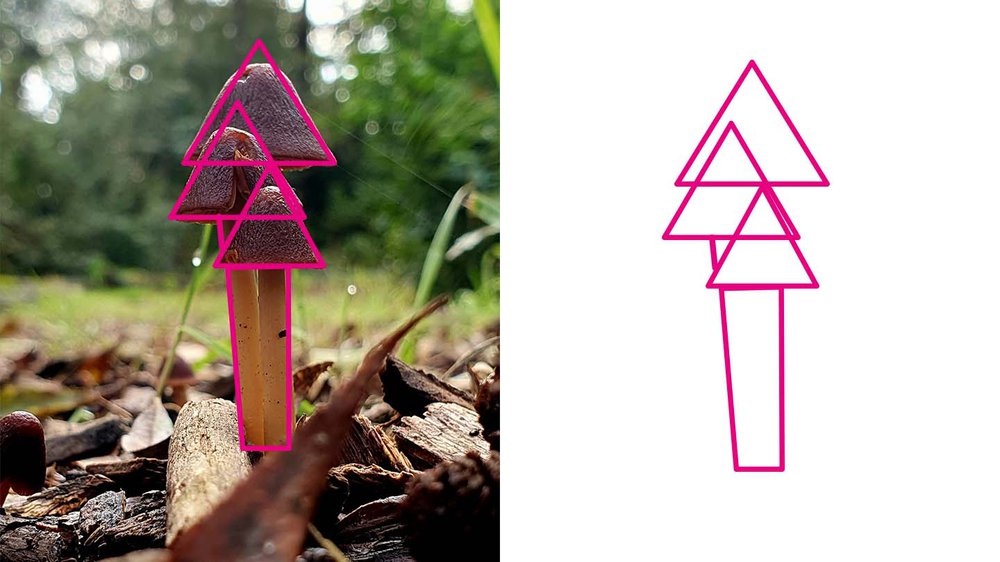
Getting better at drawing might sound complicated and you might be unsure where to get started. If so, then I made this article especially for you.
Here are 17 actionable tips you can incorporate into your drawing process to get better at drawings.
1. Practice Regularly
Practicing regularly is the most important thing you can do to get better at drawing.
As with any skill, consistent practice sharpens your abilities, builds muscle memory, and refines your technique over time.
Dedicate time to draw every day or any other regular interval, even if it's just for 5 minutes a day or an hour a week. By doing this your skills will develop progressively.
2. Start with Basic Shapes
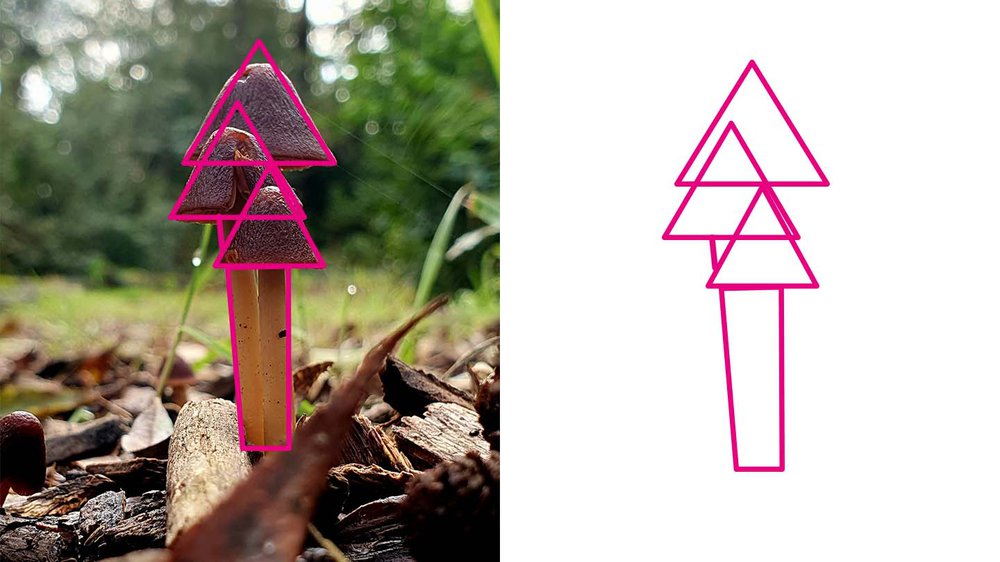
Getting good at drawing begins with understanding basic shapes. Squares, circles, and triangles are the building blocks of complex subjects.
By learning how to create and manipulate these shapes you can establish a solid foundation that streamlines the process of constructing more intricate drawings with more accuracy.
3. Study Anatomy
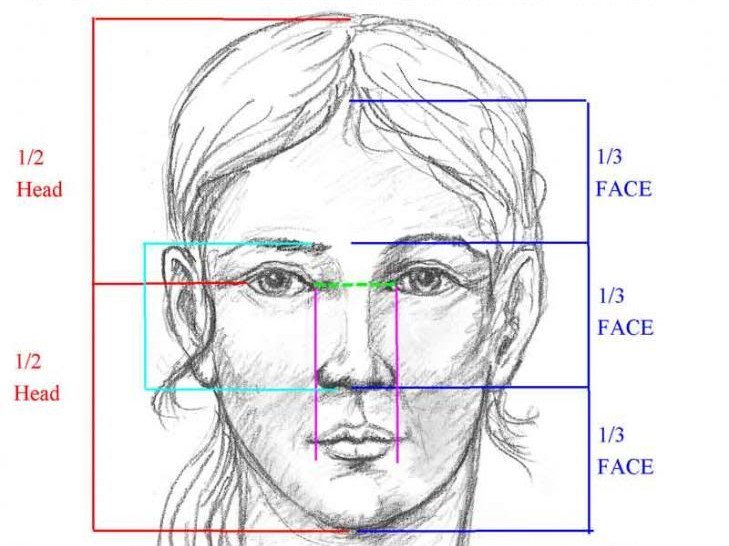
When drawing humans or animals having anatomical knowledge is crucial, especially if you aim to make your drawing look realistic. Understanding the muscular and skeletal structures enhances your ability to draw the proportions, movements, and expressions accurately.
To get better at anatomy you can look for books about it, watch videos, or enroll in a course. In this article I wrote you can also find some proportional guidelines for drawing faces and gestures
4. Use Reference Images
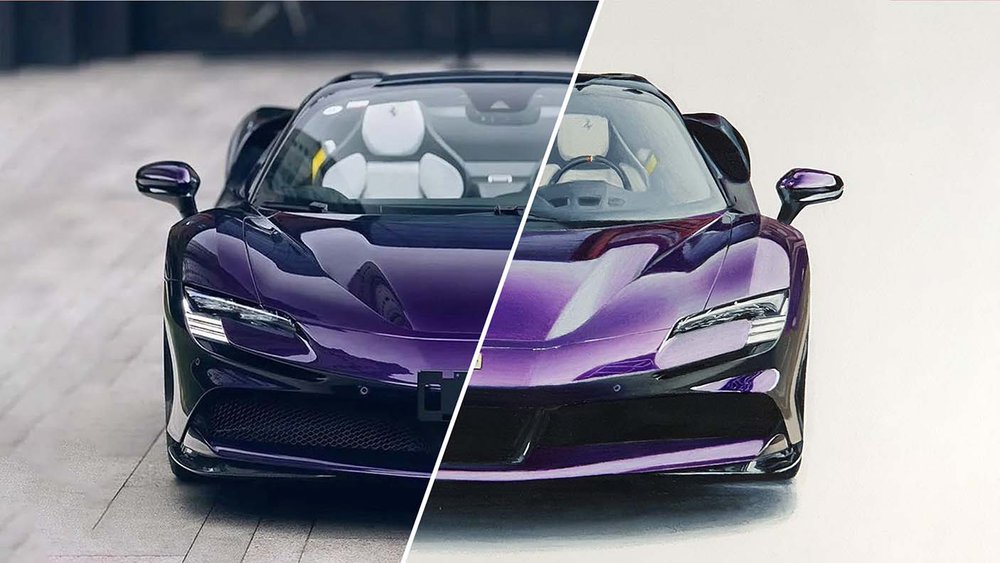
When drawing realism reference photos are invaluable guides providing a visual anchor for accurate details, proportions, and lighting.
Whether you're working on a portrait, a landscape, or a car, referencing real-life photos or physical objects helps bridge the gap between imagination and reality. When I draw cars, for example, I always use multiple reference photos for the lighting, the reflections, and the proportions to ensure that my drawing will end up looking realistic.
With reference photos, you can capture nuances and details that you otherwise wouldn't have been able to capture in your artwork.
Here is my step-by-step process of making a drawing using a reference photo.
5. Experiment with Different Tools
Getting better at art also involves experimenting with art materials.
In my journey as an artist, I've experimented with graphite, alcohol markers, colored pencils, a combination of markers and colored pencils, oil paint, acrylic paint, and watercolor paint. And from this I found out that alcohol markers and colored pencils are best suited for my needs and make creating art for me the most fun.
So try some different art materials and see what works for you and what doesn't. Working with materials that work well with your style and knowing your art supplies in and out enables you to create better art.
6. Understand Light and Shadow
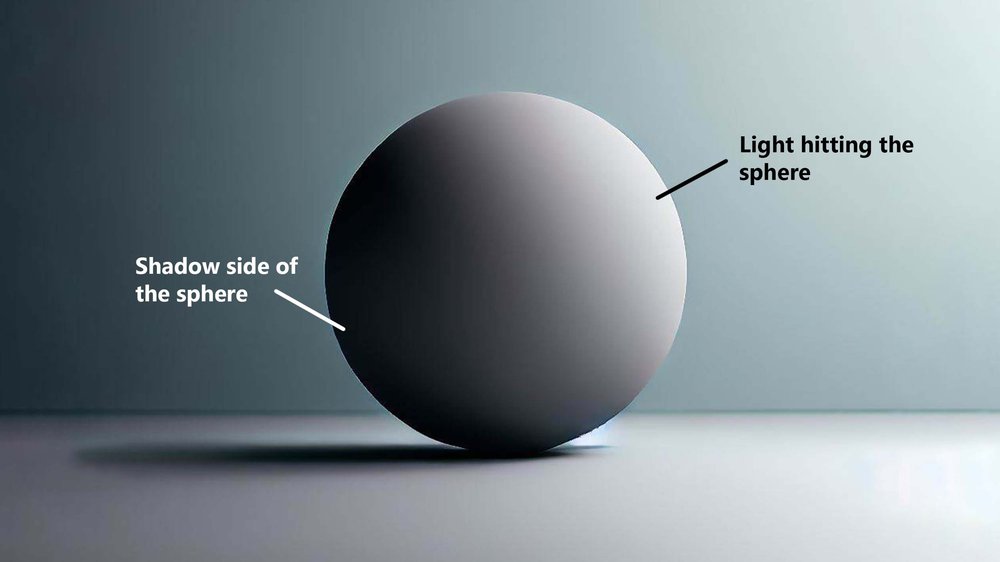
Light and shadow play an important role in creating art, especially realistic art.
With light and shadow you can make flat shapes look like they have volume and depth.
Understanding how light reacts when it interacts with surfaces, creating highlights and cast and core shadows adds another level of depth to your art.
Through studying and practicing you can learn how light reacts to different surfaces and how you can use it to create interesting drawings.
7. Draw from Life
Drawing from life will transform your drawing process as it enhances your observational skills.
Observing from real life allows you to capture subtle details, textures, and nuances that might have been overlooked if you were to draw the same thing from a photo or your imagination.
Whether you're drawing people, animals, architecture, or cars, drawing from life provides a more direct connection to your subject matter, contributing to a more vivid and authentic work of art.
8. Explore Different Art Styles
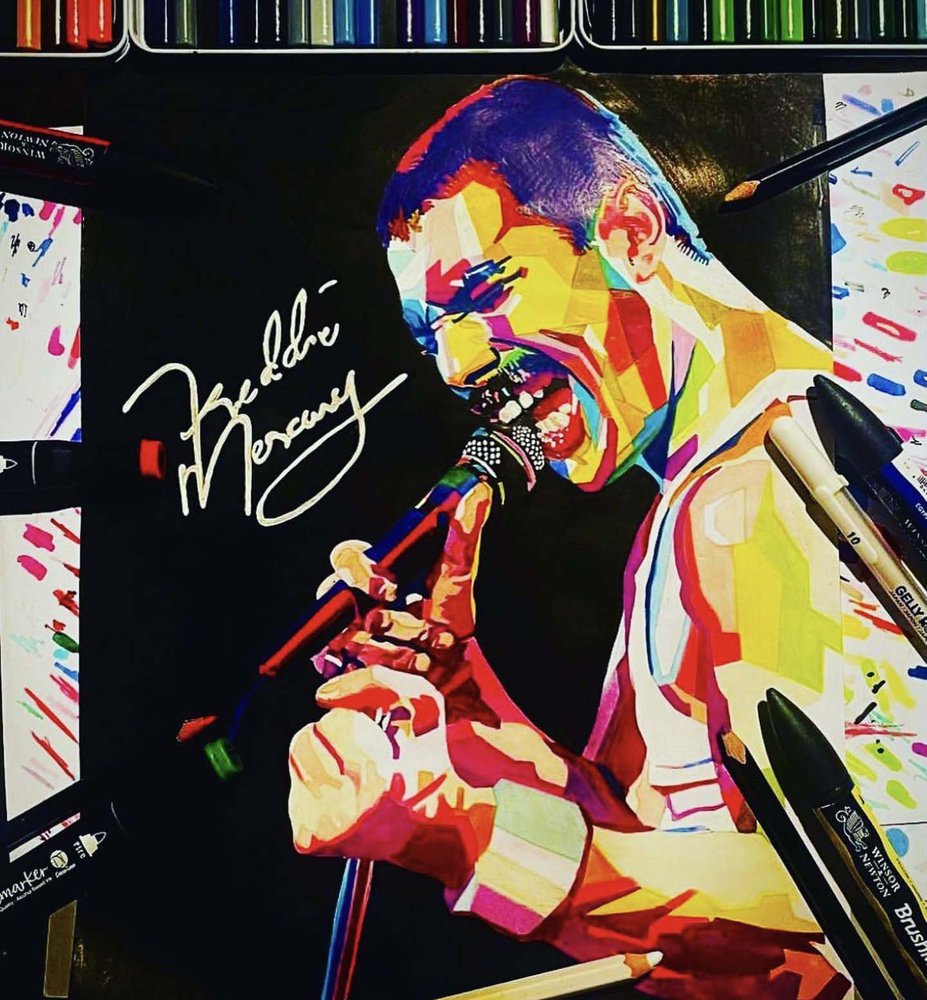
Artistic growth often involves exploration and experimentation with different styles.
Each artist has a unique voice waiting to be discovered.
Trying out different techniques, materials, subjects, and styles allows you to expand your artistic repertoire. Whether it's realism, abstract, expressionism, or anything else, by experimenting with different styles you can uncover your own voice and find a style that suits you best.
Right now my art style is kind of simplified realism. I used to make my car drawings hyperrealistic, but that took way too much time and it got boring working on one piece for weeks, so I changed my style to be a bit easier and quicker which made drawing more fun.
Here's an article I made listing 8 fun art styles you can try.
9. Learn Perspective
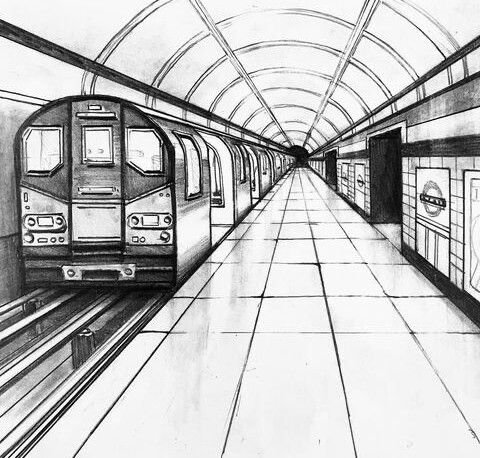
When learning about drawing perspective was one of the first things I learned. Perspective is kind of like the invisible hand that guides the spatial relations of objects in your drawing.
Whether you're drawing a landscape, a cityscape, or other complex scenes, incorporating accurate perspective makes your artwork look proportionally correct.
Techniques such as one-point, two-point, and three-point perspectives are very useful for creating visually compelling, cohesive, and proportionally accurate art.
If you'd like to know more about linear perspective, make sure to check out this article.
10. Draw Everyday Objects
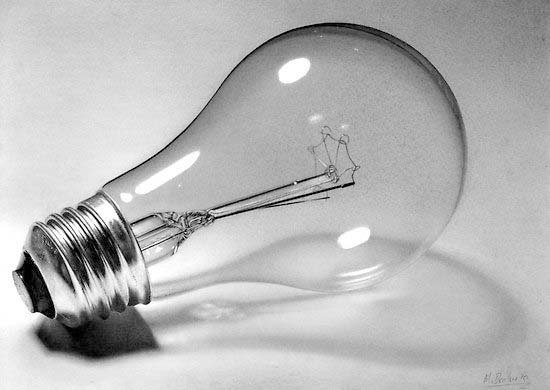
Drawing everyday objects might seem mundane, but it is a great way to improve your drawing skills. By drawing just any object you have lying around in your room you sharpen your observation skills and attention to detail.
Drawing everyday things is an easy and effective way to integrate drawing into your daily life, plus you don't have to look online for inspiration You just look around and pick the very first item you see and try to draw it.
I also find that when you draw just any everyday object you start to admire their beauty and their design.
11. Explore Different Textures
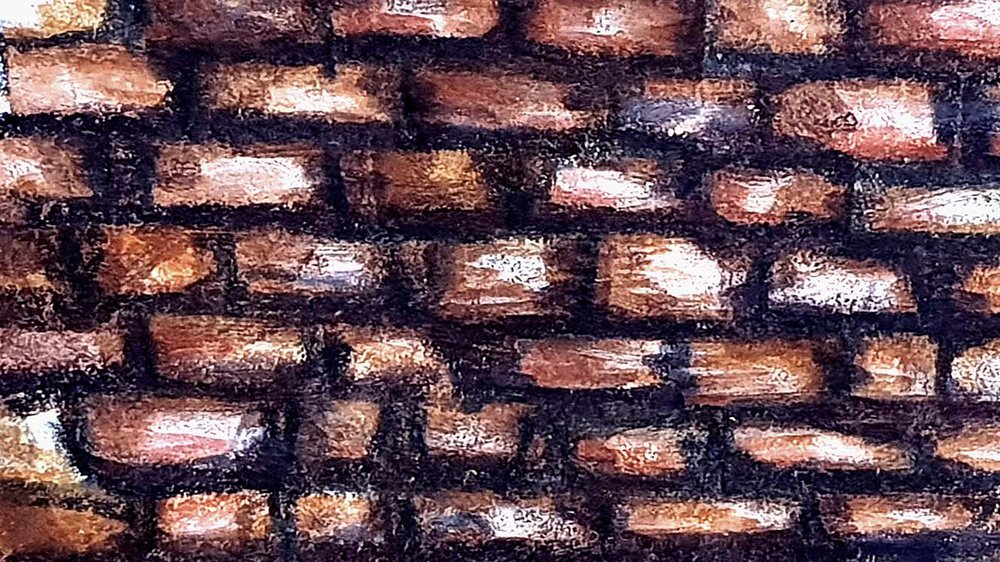
Texture is an important part of drawing, especially when it comes to drawing realism. Experimenting with various drawing techniques allows you to convey different textures.
Whether it's glass, fur, or carbon fiber, understanding how to draw textures adds a whole new level of detail and realism into your drawings.
To get better at drawing textures, experiment with different drawing techniques such as hatching, stippling, and embossing.
I wrote an article dedicated to drawing various textures. Make sure to check it out if it interests you. I also wrote an article specially dedicated to drawing carbon fiber if that's more up your street.
12. Create a Sketchbook
Keeping a sketchbook serves as a visual diary of your drawing journey. It's a space where you can just plot down spontaneous ideas, quick sketches, and ongoing projects.
A sketchbook encourages a free-flowing, experimental approach to drawing without the need to make it look perfect.
Regularly sketching in your sketchbook not only documents our drawing progress, it also provides a way for trying out new techniques, styles, and mediums in a low-stake environment.
An added benefit is that sketchbook flip-throughs form a great social media post.
13. Use Guidelines for Proportions
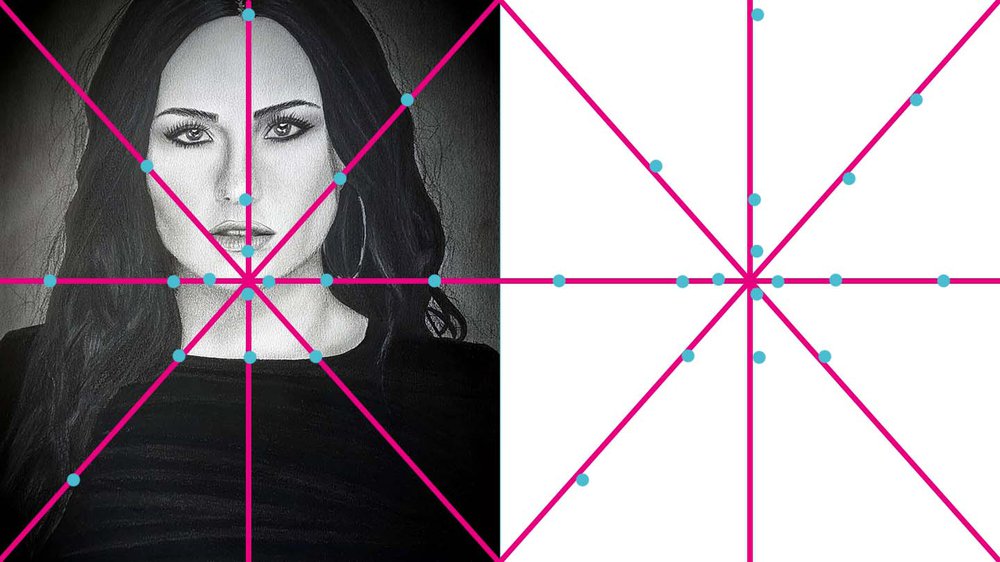
When you're drawing there are tons of guidelines and techniques you can follow to get more accurate and realistic proportions.
You can use techniques like the grid method, construction lines, and basic facial guidelines to ensure that the different elements in your drawing align correctly and have realistic proportions.
There are many techniques you can use to achieve this. In this article, I listed 8 of the best and easiest techniques you can use to draw more accurate proportions.
14. Break Down Complex Scenes
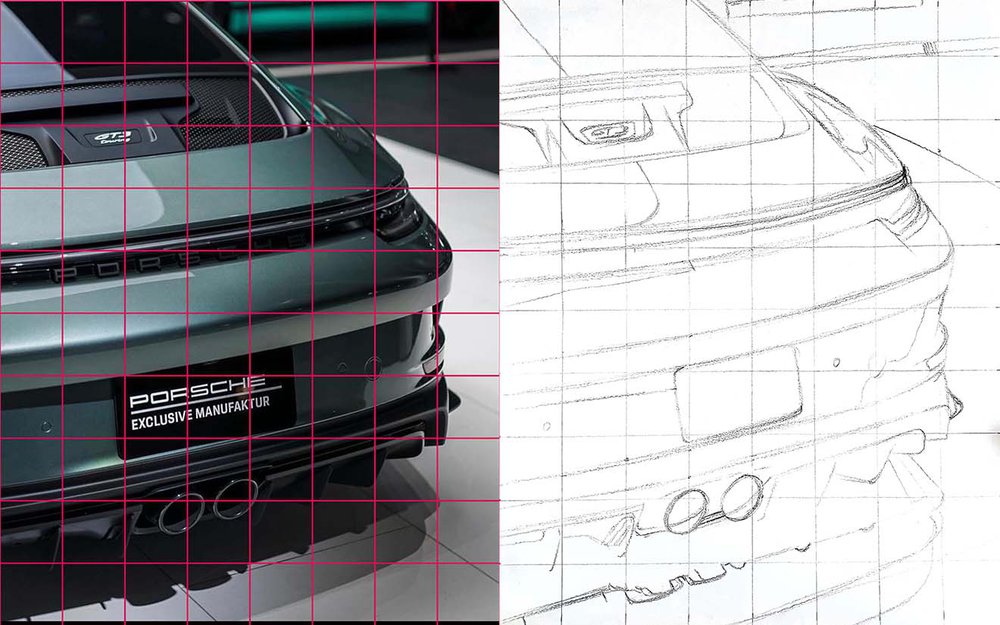
Breaking down complex scenes and objects into manageable components is a great strategy for drawing more intricate and detailed subjects.
Rather than feeling overwhelmed, this approach allows you to focus on small individual elements, mastering their shapes, colors, and details before integrating them into the larger picture.
By deconstructing complex subjects, you build confidence in handling more challenging subject matters, which in return will make you a better artist
15. Study Your Favorite Artists
Studying famous artists and artists you like provides a wealth of inspiration and learning opportunities.
By analyzing the techniques, styles, and approaches of each artist gives you an understanding of how they tackle challenges, utilize their art supplies, and convey emotion in their art. This'll allow you to integrate these lessons and observations into your own practice.
Many artists (including me) share tons of TikToks and Reels about their drawing process. By watching these you can learn more about their process and the way they use their supplies to create masterpieces.
16. Set Goals
Setting goals is essential for maintaining focus and motivation in your journey to becoming a better artist. Write down a few long-term and short-term goals that are achievable and align with your skill level and aspirations.
These goals could range from mastering a specific technique to completing a series of drawings within a certain timeframe. An example of a goal would be something like "Make 10 simple and realistic car drawings".
Clear objectives provide a roadmap for your progress, allowing you to celebrate small victories while also working toward a greater artistic milestone.
17. Stay Patient and Persistent
The most important thing you can do to become better at art is to stay patient and be persistent. When starting something new you can't expect to immediately be good at it. Improvement takes time.
Getting better at drawing is not a linear progression. Setbacks are a natural part of your drawing journey. Sometimes you'll make a great drawing and sometimes you create drawings that you're less proud of. This is part of the journey and part of how to become better at drawing.
Just keep on pushing and slowly you'll become a better and better artist!
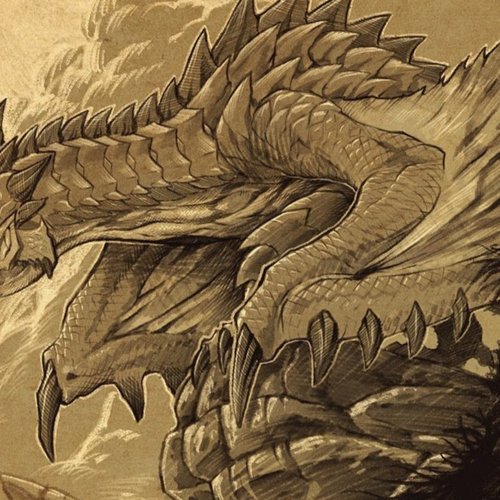
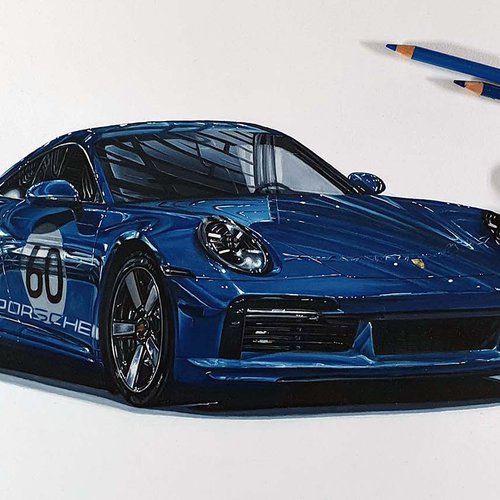
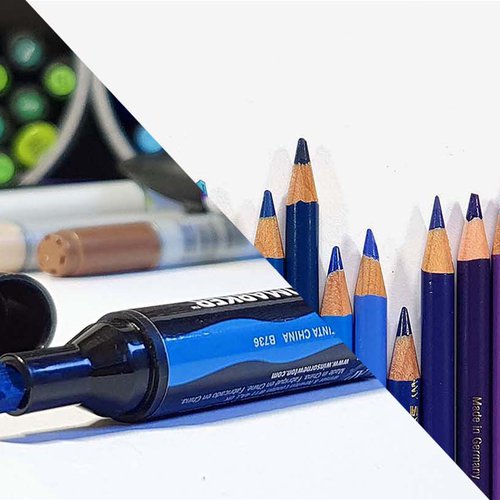
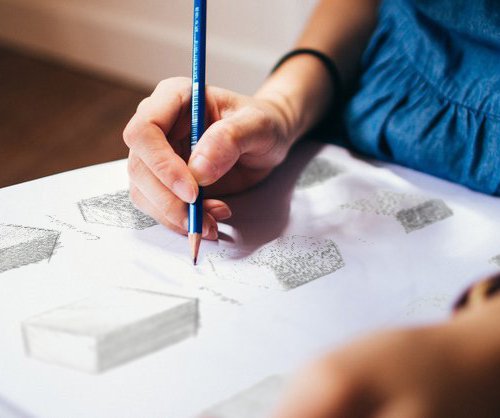
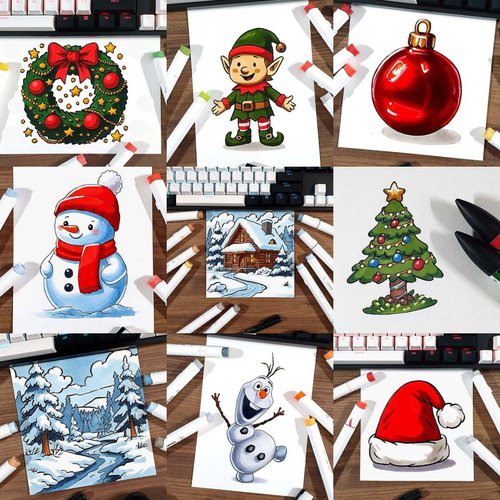
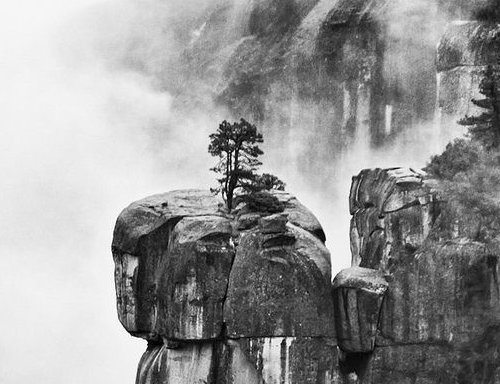
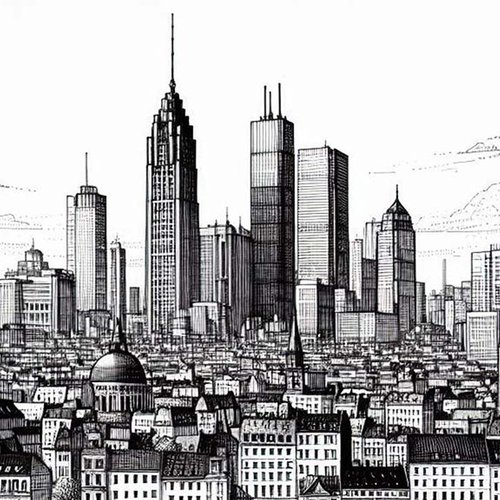
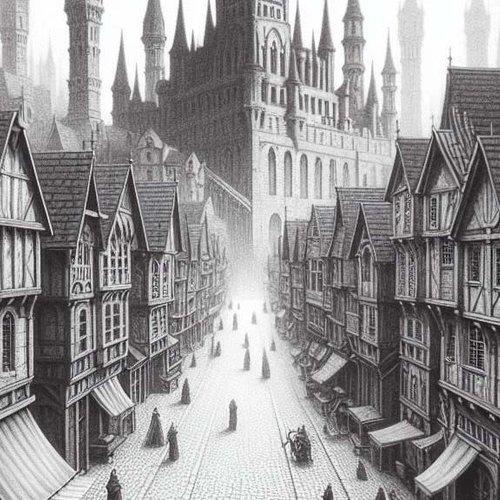
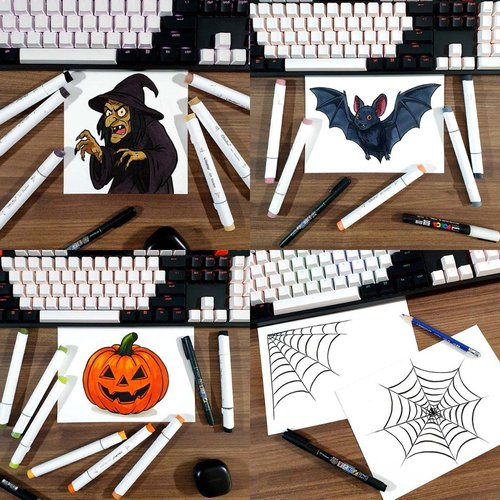
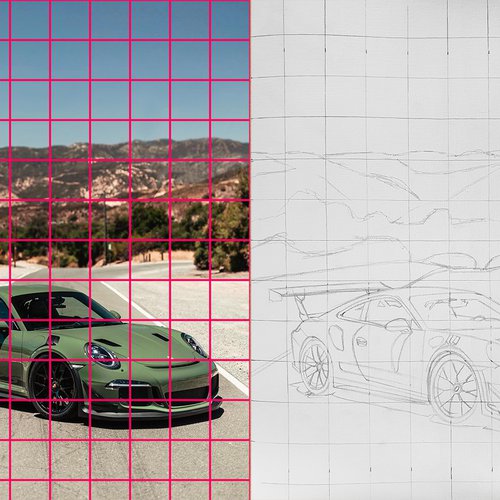
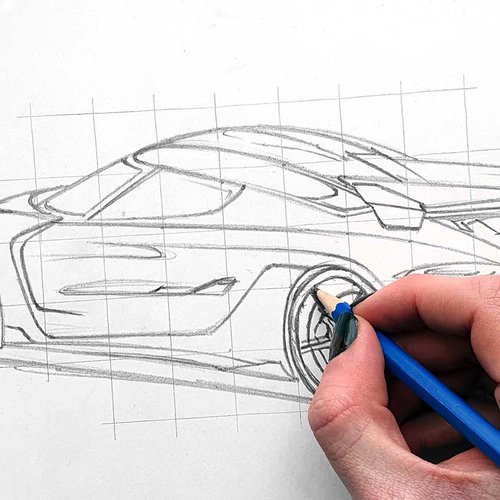
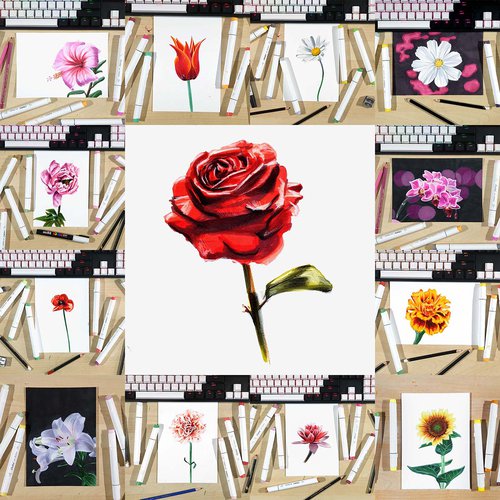




Be the first to comment!
Comments
There are no comments yet.